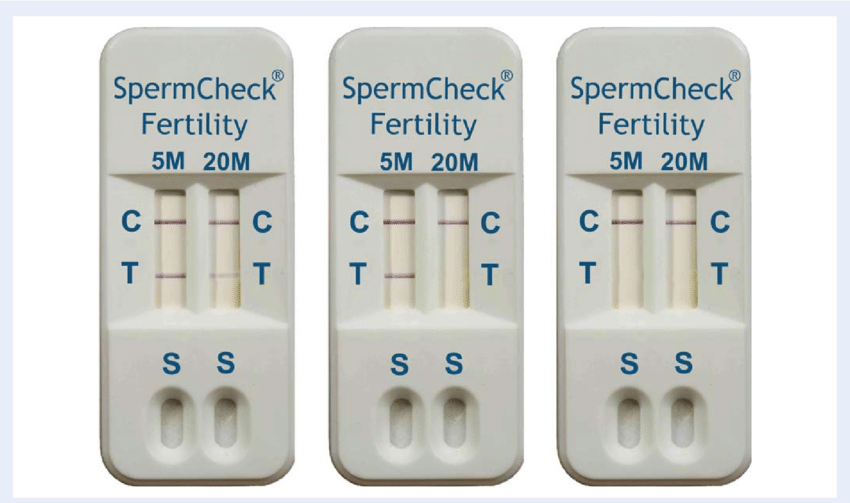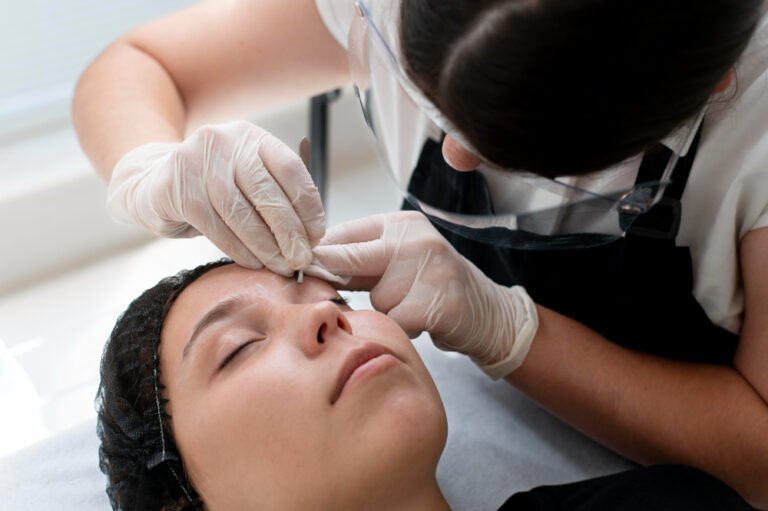When couples face challenges conceiving, a semen analysis is often one of the first diagnostic tests recommended for men. But what exactly does a semen analysis measure, and how should the results be interpreted? Understanding the key components and their implications can help demystify this important fertility test.
What Is a Semen Analysis?
A semen analysis (also called a sperm count test) is a laboratory test that evaluates the health and viability of a man’s sperm. It involves examining a sample of semen, the fluid ejaculated during orgasm, to assess various factors crucial for fertilization.
Why Is Semen Analysis Important?
Male factors contribute to about 40-50% of infertility cases. A semen analysis helps identify issues such as low sperm count, poor motility, abnormal sperm shape, or infections that might impair fertility. It also provides insights that guide treatment decisions, whether lifestyle changes, medication, or assisted reproductive technologies.
How Is the Test Done?
- The man provides a fresh semen sample, usually through masturbation, in a sterile container.
- The sample is analyzed within an hour of collection, since sperm characteristics can change over time.
- Multiple samples may be needed to get a reliable picture, as semen quality can fluctuate.
Key Parameters in Semen Analysis and What They Mean
1. Semen Volume
- What it measures: The total amount of semen ejaculated.
- Normal range: Typically 1.5 to 5 milliliters.
- Why it matters: Low volume (<1.5 ml) might indicate issues like blockages, incomplete ejaculation, or problems with seminal vesicles or prostate.
2. Sperm Concentration (Sperm Count)
- What it measures: Number of sperm per milliliter of semen.
- Normal range: At least 15 million sperm per milliliter (WHO 2010 standards).
- Why it matters: Low sperm count (oligospermia) reduces chances of fertilization. A count below 5 million per ml is considered severely low.
3. Total Sperm Count
- What it measures: Total number of sperm in the entire ejaculate.
- Normal range: At least 39 million sperm per ejaculate.
- Why it matters: Low total count reduces fertilization potential.
4. Motility (Movement)
- What it measures: Percentage of sperm that are actively moving.
- Normal range: At least 40% motile sperm.
- Types of motility:
- Progressive motility (forward movement) is especially important.
- Why it matters: Sperm need to swim effectively through cervical mucus to reach and fertilize the egg.
5. Morphology (Shape and Structure)
- What it measures: Percentage of sperm with normal shape.
- Normal range: Varies, but typically 4% or more normal forms (strict criteria).
- Why it matters: Abnormal shape (teratozoospermia) can affect the sperm’s ability to penetrate and fertilize the egg.
6. Vitality
- What it measures: Percentage of live sperm in the sample.
- Why it matters: Some sperm may be immotile but still alive. Low vitality indicates poor sperm health.
7. pH
- What it measures: Acidity or alkalinity of the semen.
- Normal range: 7.2 to 8.0.
- Why it matters: Abnormal pH may indicate infection or blockage.
8. White Blood Cells (Leukocytes)
- What it measures: Presence of white blood cells in semen.
- Why it matters: High levels may indicate infection or inflammation that can harm sperm.
What Do Abnormal Results Mean?
- Low sperm count (oligospermia): May be caused by hormonal imbalances, varicocele, infections, genetic issues, or lifestyle factors.
- No sperm (azoospermia): Could indicate blockage or production failure; requires further evaluation.
- Poor motility: May result from infection, oxidative stress, or structural sperm defects.
- Abnormal morphology: Can reduce fertilization chances, though IVF/ICSI may help.
- Low volume: Possible ejaculatory duct obstruction or retrograde ejaculation.
Next Steps After Semen Analysis
If results are abnormal, a specialist may recommend:
- Repeat testing (semen quality can vary).
- Hormone testing to check testosterone and other factors.
- Ultrasound or physical exam to detect varicocele or obstructions.
- Lifestyle changes (quit smoking, reduce alcohol, improve diet).
- Medical treatments or surgery.
- Assisted reproductive techniques like IUI or IVF.
Final Thoughts
A semen analysis provides a window into male reproductive health but is only one piece of the fertility puzzle. Interpretation should be done by a fertility specialist who can integrate results with clinical findings and partner evaluation to formulate a comprehensive treatment plan.
If you’re concerned about fertility, discuss semen analysis with your doctor — understanding your results is the first step toward building your family.




